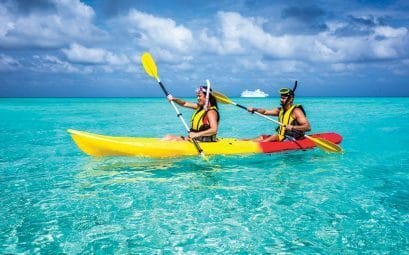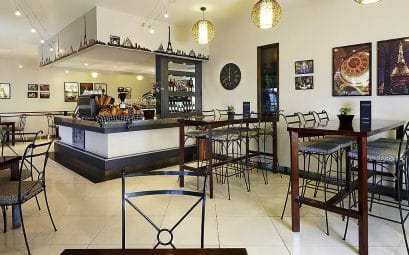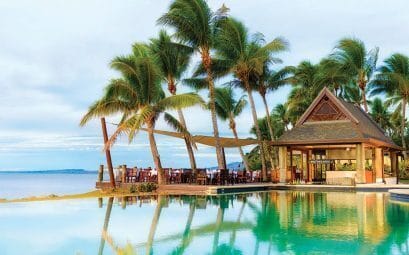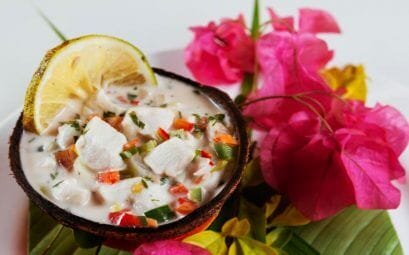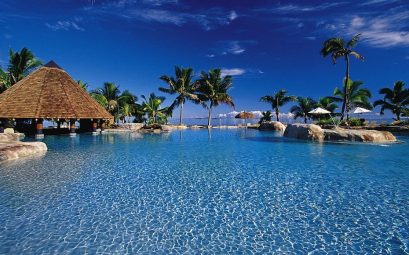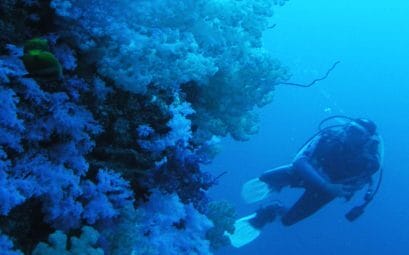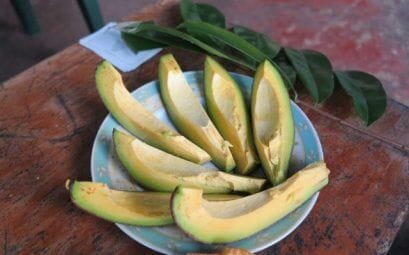Activities in Denarau
As an island destination, Denarau has a lot to offer tourists and visitors in terms of activities. One of those activities includes water sports, diving, and snorkeling. There are plenty of operators on the island who provide these activities as part of packages or individually. One of the biggest operators for such activities is Adrenalin Watersports. Visitors can also go island hopping through the Mamanuca and Yasawas archipelagos.
But one of the most popular activities here is Golf, since the island is home to an extremely popular 18 hole Golf Course. The course is designed to cater to all kinds of golfers, irrespective of skill level. Combined with a magnificent view of the ocean and the mountains, this Golf Course has one of the most scenic locations on the island.
As for shopping, the Port Denarau Retail and Commercial center is the place to be. From top of the line stores to spas, visitors can find anything here. The center also houses fine dining spots and offers various activities for all age groups.

